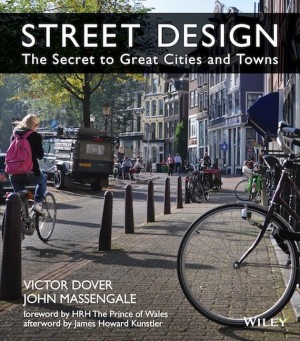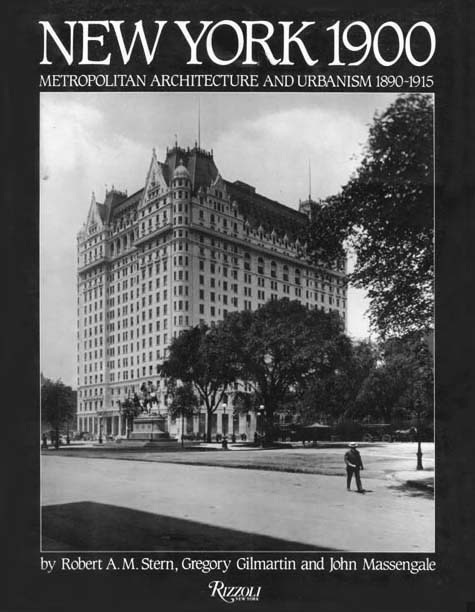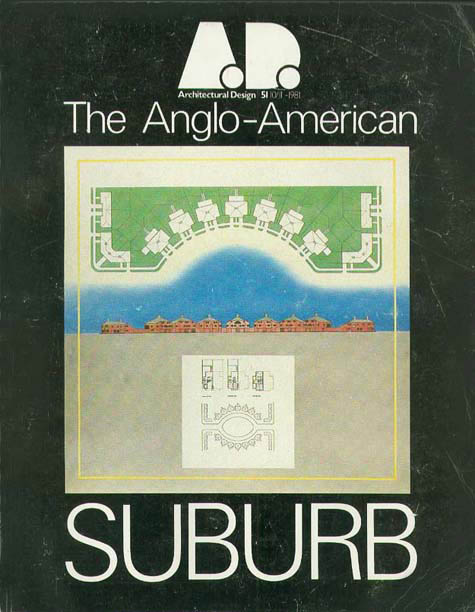
These two photos of Lexington Avenue at 89th Street show that one-hundred years ago the sidewalks of Lexington Avenue on the Upper East Side of Manhattan were two to three times as wide they are now. The photo on the bottom was taken in 1912 to document the construction of the East Side IRT subway under the avenue (the sidewalks have wooden planks because the construction wasn’t finished when the photo was taken). I took the photo on the top two years ago, showing that the buildings lost their stoops and large light wells when more and wider traffic lanes were added to Lexington Avenue in the 1950s.
The houses (designed by Henry Hardenbergh, the architect of many important New York buildings, including the Plaza Hotel and The Dakota apartment house) undoubtedly lost value when they lost their stoops and light. Perhaps the owners of the houses got in their cars and drove out to find new homes in the suburbs. That’s what many New Yorkers did when the city converted Manhattan’s wide, numbered avenues like Third Avenue into one-way arterials. Urban designers call these “auto sewers,” because they make it easier for traffic to flow in and out of the city—until all the suburbanites driving in clog the roads with what is known as “induced” traffic. And no one wants to live on a clogged auto sewer.
That’s ironic for Manhattan, where 80% of the households don’t own cars. Manhattanites are not the ones causing the traffic jams, but they’re the ones suffering through the degradation of city life, even though many New Yorkers pay outrageous sums for small apartments because they want public life on the streets of the city. Lexington Avenue has lots of restaurants, and should have lots of sidewalk cafés. But the sidewalks are too narrow to accommodate tables, and the cars rushing by are noisy and belch noxious fumes. Children living along New York’s auto-sewer avenues suffer from many health problems caused by automobile pollution.
It’s worth pointing out that New York is the last place that should suffer from this. Not only do most New Yorkers not own cars, we also have trains, subways, buses, and taxis for everyone else. Underneath the narrow sidewalks pictured above is a subway line that by itself carries more people every day than the combined transit systems of San Francisco, Chicago, and Boston, traveling all the way from the Atlantic Ocean almost to Westchester County. Only a block away, under Park Avenue, run the tracks for Metro North, which is second in ridership in the US only to the Long Island Railroad. The fact that we still consider it a good idea to drive in every day despite the economic and environmental costs shows how far Organized Motordom has come.
Happily, our new Mayor and our new DOT Commissioner have pledged their allegiance to Vision Zero, which means changing the way we use our roads. If we do that the right way, we will not only save lives, we will also improve public life and public health. “The right way” means making a walkable, bikeable city where traffic is reduced and cars move slowly.
When cars and pedestrians come in close contact—as they do on streets all over New York City—nothing reduces pedestrian fatalities like slowing traffic down. That’s not only because cars do less damage to people they hit if the car is going under 20 miles per hour. Drivers going slowly literally see twice as much as speeding drivers, and they have more time to react, as well. A side benefit is that when cars go slowly we can remove all the traffic engineering detritus that enables drivers to go speed: all the bold striping and highway-scale markings that also make pedestrians subliminally conscious that the street is not a place for them.
In New York City, streets should be for everyone. As the great Danish traffic reformer Jan Gehl says, the public life of cities takes place in the spaces between the buildings. So why are we simultaneously giving 80% of that space to cars from outside the city and kicking city residents to narrow walks by the side of the road? With Vision Zero, we can stop designing our streets like suburban arterials: one-way, with left-turn lanes, lots of ugly white plastic sticks, and big signs and striping everywhere. Those are suburban-style solutions for places where people don’t walk much. They are ugly and anti-urban. We need city streets for people, beautiful streets where people want to get our of their cars and walk.
In New York City, the Vision Zero solution is not to ticket pedestrians for “jaywalking,” a word and concept invented by a Organized Motordom in the early 20th century, when they realized they had to clear the streets of “obstructions” if they wanted to sell many cars. One hundred years later, it is easy to see that city streets should be destinations, not Transportation Corridors, and that the car should not be the king of New York’s avenues. “Streets for people” means we should ticket speeding cars, not jaywalking residents and visitors enjoying the life of the city.
Also see: Before & After: Jaywalking, Jaydriving & Jaydriving



